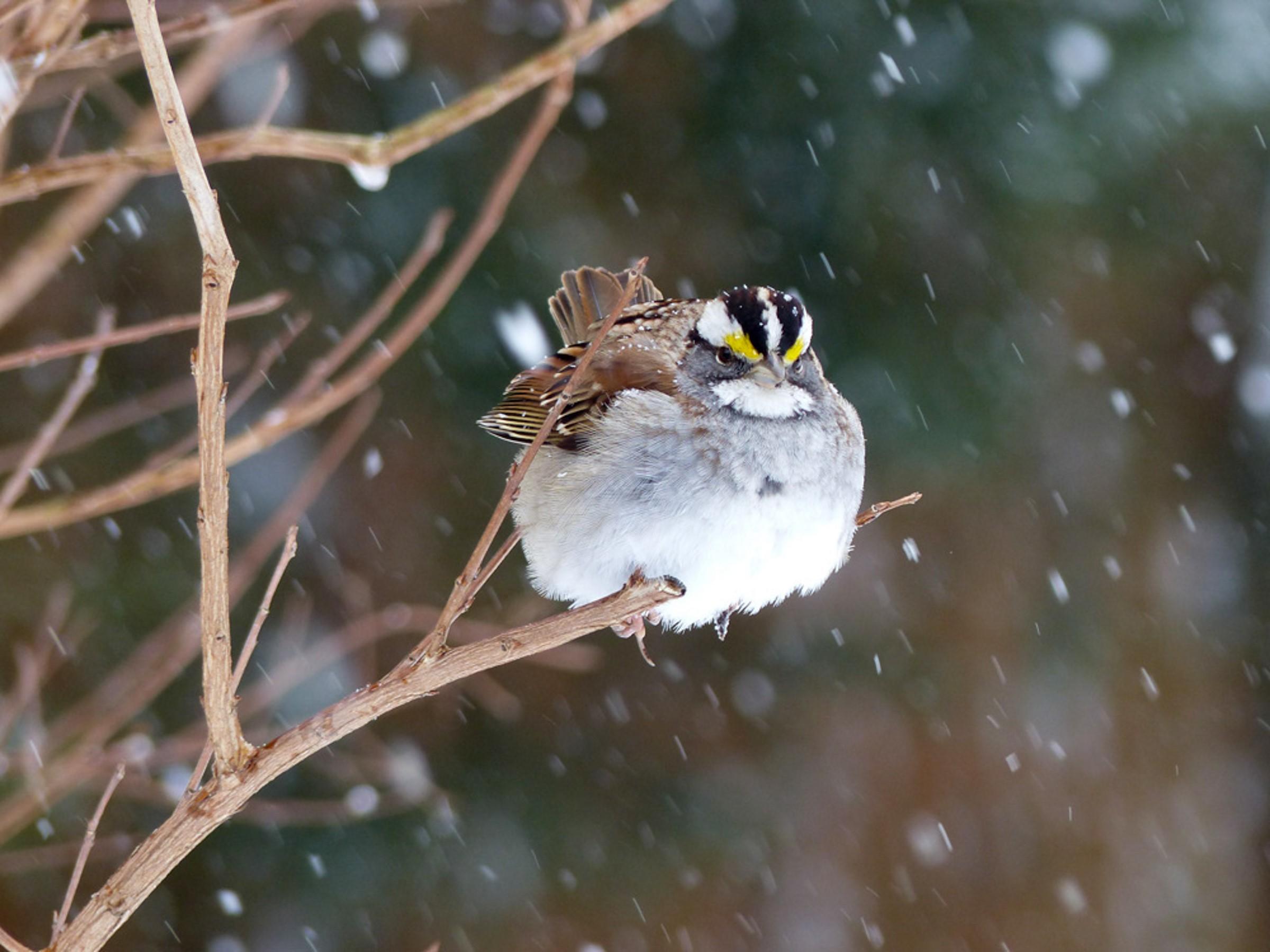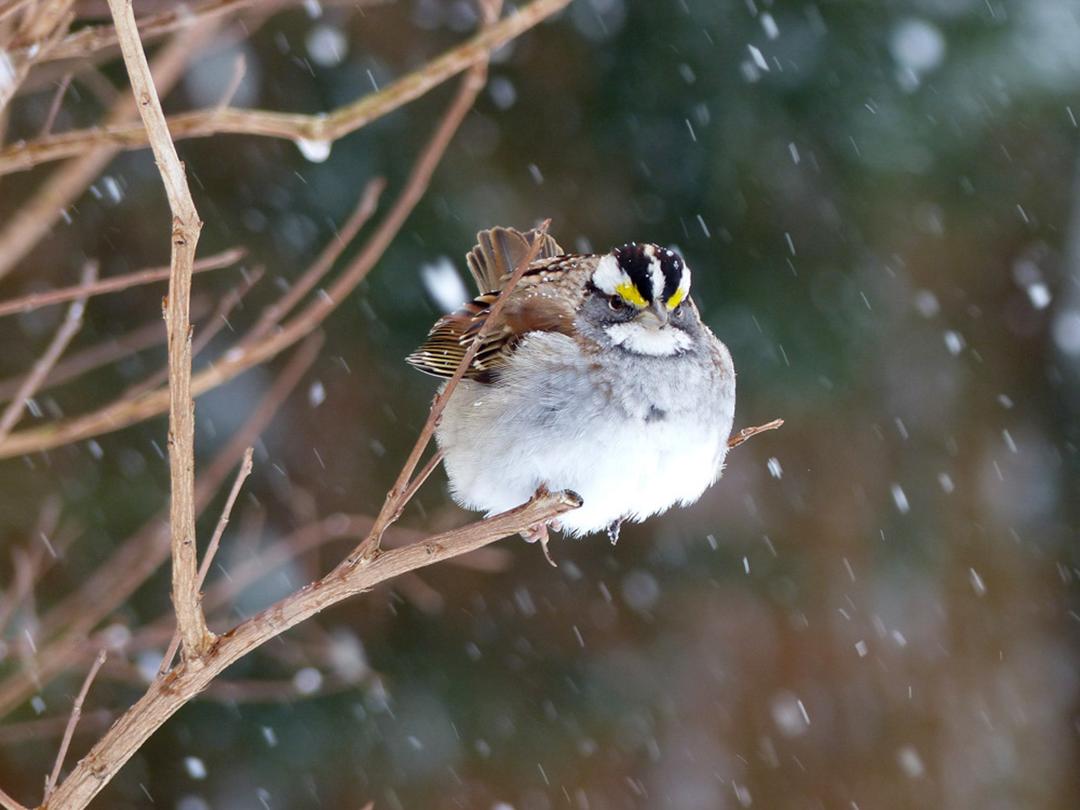Remember back in March, when I was talking about the bird songs of winter? (“What did that bird just say?”) Before all of the migratory birds came back and started singing? It’s so much more birdy out there now! But it’s OK. There’s still time to learn your bird songs. Just don’t try to learn them all at once. Pick a few to figure out and then get really familiar with them. Try to see them singing. Don’t get overwhelmed by the dawn birdsong chorus. You’ll start to recognize more and more songs every day. Enjoy the sounds of springtime!
Wait. Are you ready to help us with your new birding-by-ear skills? Birdathon is coming!!!! What's Birdathon? It is our biggest fundraiser of the year! Due to stay at home orders, we are doing things differently this year and are inviting YOU to participate! #BirdathonVT #ISawABird
How do you join our Virtual Birdathon?
- Go birding! Have your own “big day” any time from Saturday, May 16 to Monday, May 25, 2020 and submit your observations to our website
- Make a donation
- Spread the word -- Invite others to participate in #BirdathonVT to make it our biggest Birdathon ever.
- Do all three!!
Let's start with some resources:
- Now is a great time to download the FREE Audubon Bird Guide App: https://www.audubon.org/app
- I’ve included links to the online version of the Audubon Bird Guide for each of the birds we learn: https://www.audubon.org/bird-guide
- Click on the song's description in the article to hear the birdsong - take this with you!
Let's Learn Some Birdsongs:
White-throated Sparrow. This bird is back! Spring is really here! It’s a high, sweet song with a bouncy melody: “Oh, sweet Canada, Canada, Canada, Canada” Enjoy the song now. It will soon be heading to the more forested areas of Vermont for nesting season.
Tufted Titmouse. This one’s been here all winter, but is singing so much more now that it’s springtime. A clear, strong, two-note song: “Peter. Peter”
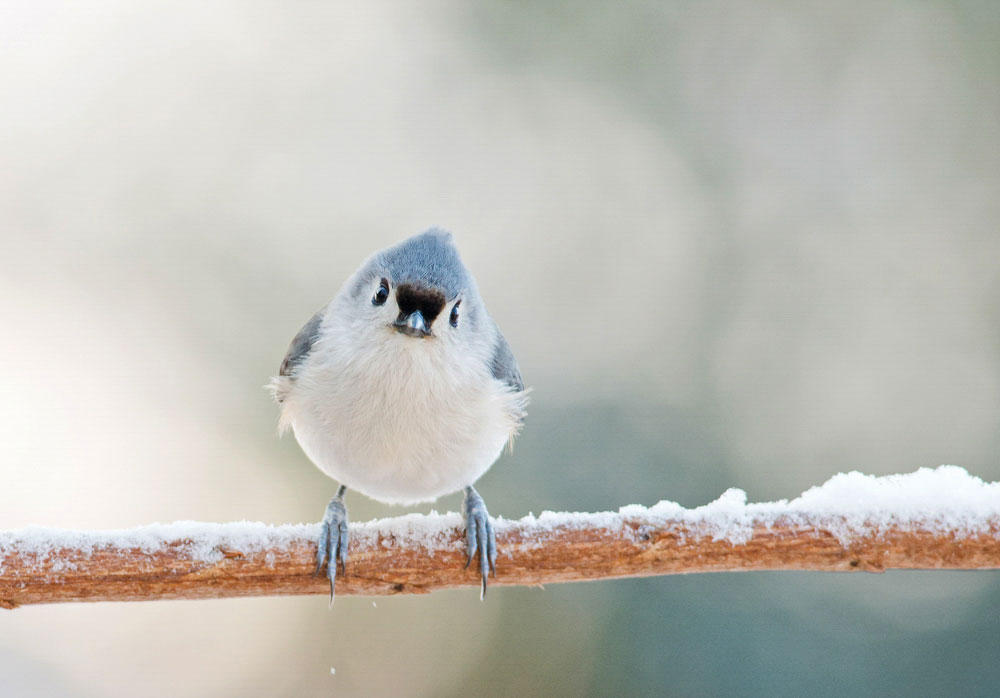
White-breasted Nuthatch. Another one who’s been here through the winter and is now making a lot more noise. A nasal “Yank. Yank.” call is what you’ll hear as this bird creeps head-first down tree trunks in search of insects.
Sharp-shinned Hawk. I’m soooo excited to have these birds back in my neighborhood. The songbirds aren’t as happy. I usually notice the absence of birdsong right before I hear the high, thin squeal of this bird hunting at the bird feeders and other songbird hangouts. They’re such amazing flyers.
Birds that sound like other animals:
Gray Catbird. Yes, its song really does sound like a cat lurking in the bushes. The catbird is mimic, so you’ll hear it imitating the songs of other birds, too. Listen closely and you’ll notice that it repeats these snippets of stolen songs in two-note phrases.
American Goldfinch. Its song sounds like it’s saying “Potato chip. Potato chip.” when it flies. But it doesn’t always sing the potato chip song. It also has a distinctive, squealy, piggy sound too.
Chimney Swifts. If bats made sounds that humans could hear, this is what I’d imagine them sounding like. It’s a fast, chittery noise that you’ll hear high overhead. I usually see just a few speedy specks in the sky.
Cedar Waxwing. The first time I heard this birdsong I thought it was my dog Betty whining at the door to come outside. It’s an impossibly high-pitched call, almost painfully so. If you’re near a crabapple tree or buckthorn bush there’s a good chance you’ll find Cedar Waxwings feasting on the fruit.
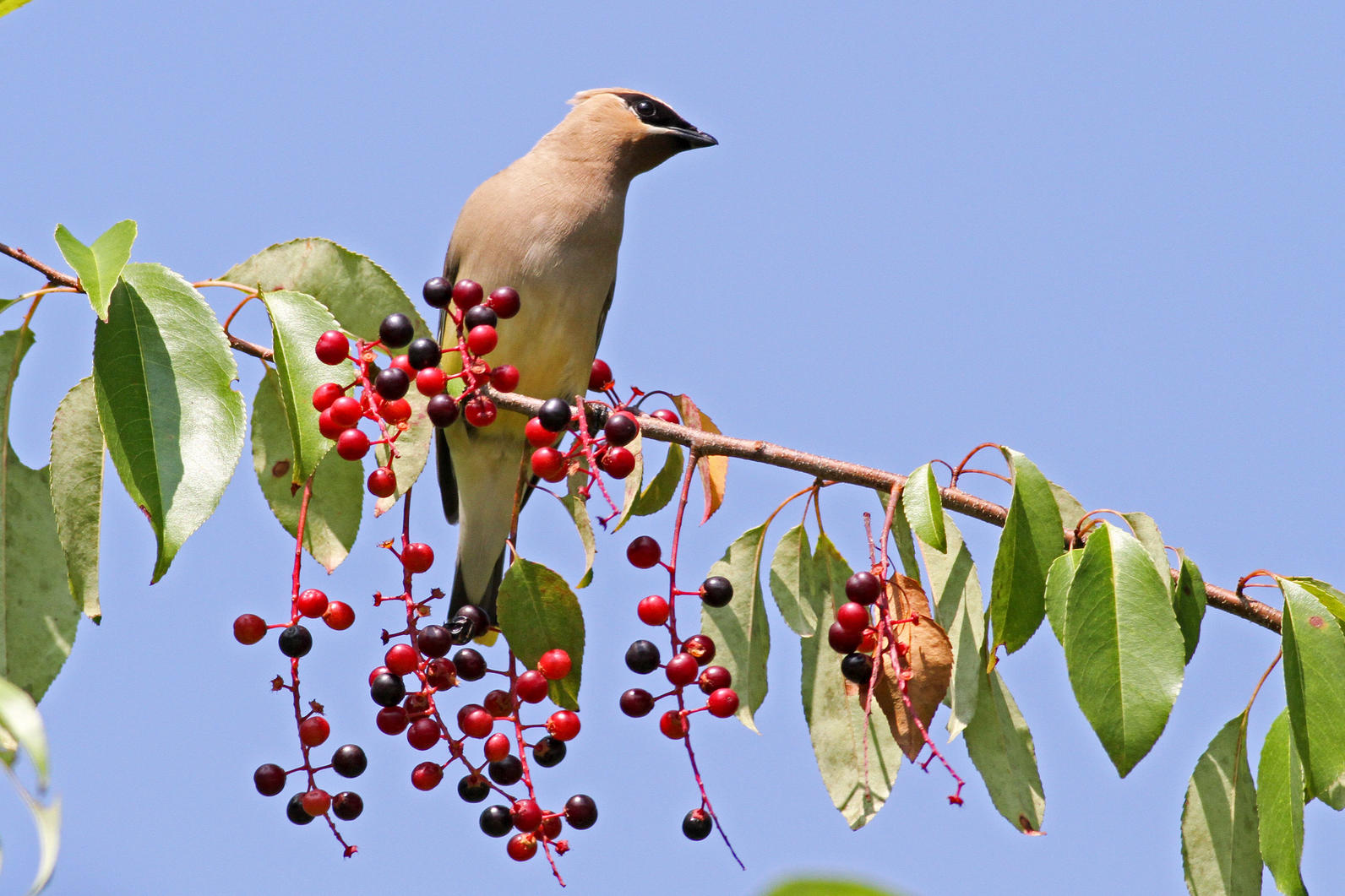
My favorite woodpeckers:
Pileated Woodpecker. Such a big, dramatic bird. Its call is the classic Woody Woodpecker laugh. The drumming is also very distinctive. It sounds so big because they’re making a great big hole.
Downy Woodpecker. A sweet, little woodpecker. Its call is sharp and the tone is descending. It makes cute, little round holes in trees for its nesting cavities. The drumming sounds sharp and small.
Red-bellied Woodpecker. This one is a newcomer to Vermont. Climate change has helped expand its range northward. It’s only in the past five years that I’ve been hearing it in Burlington. Its call is like no other bird. It sounds a little like the mating call of a Gray Tree Frog, which is tricky since the frogs are also up in the trees.
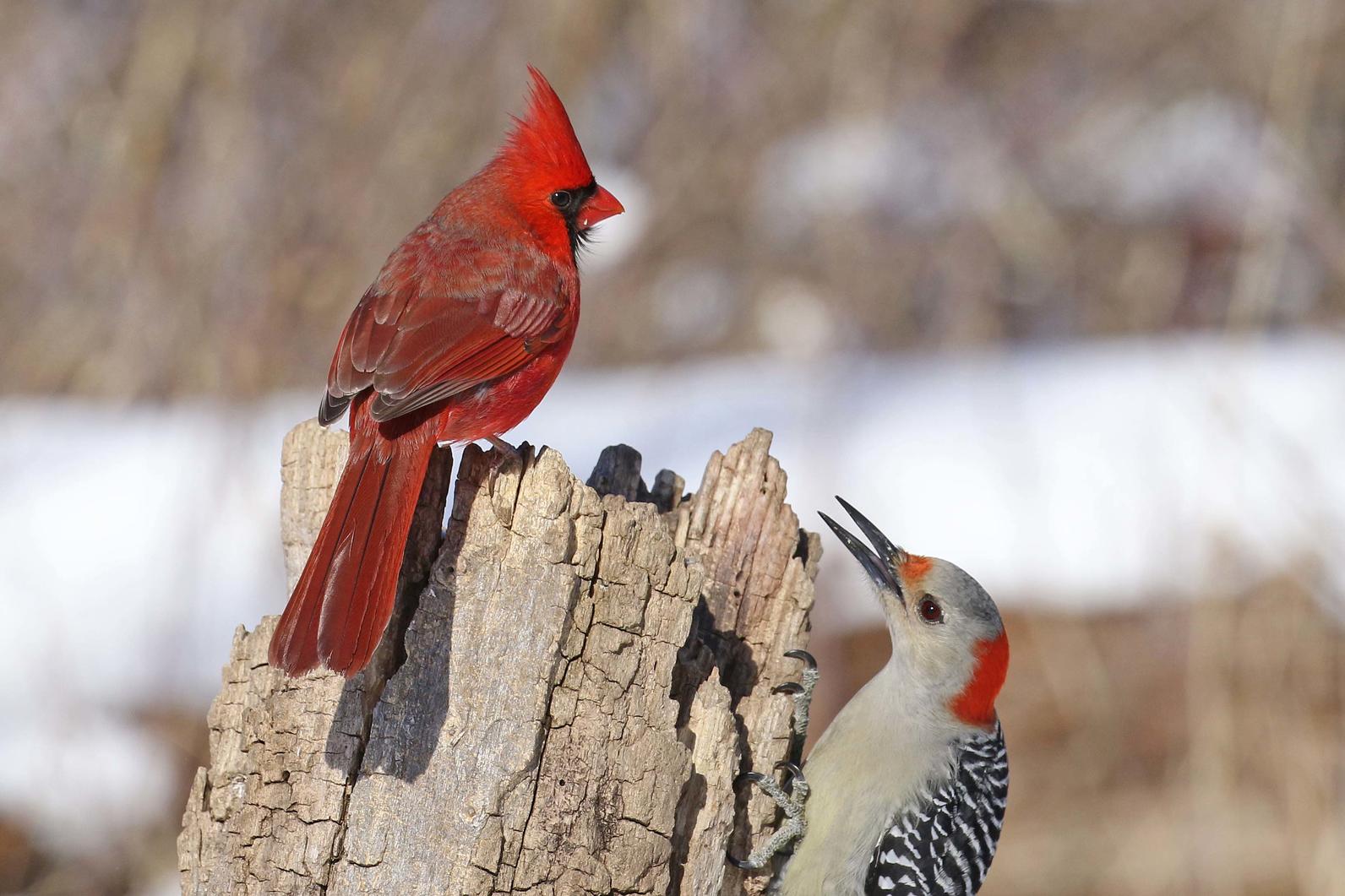
How about a few sparrows?
Song Sparrow. Such a welcome bird of springtime. It has a useful, but silly mnemonic: “Hey! Hey! Hey! Put-on-your-tea-kettle-ettle-ettle.” The kettle bit of the song is a very distinctive trill. Works for me.
Chipping Sparrow. I’ve really just started paying attention to the Chipping Sparrow’s song this year and now I recognize it everywhere. It’s a super-speedy, high-pitched song, all on one note. The field guide says it sounds like a sewing machine. Yeah, I can hear that…
House Sparrow. This is one that I don’t reliably recognize right away. They’re not very elusive birds, and they hang out in big groups so I don’t know why I don’t know this song well yet. I can’t know all the songs all the time! The guide describes it as “shrill, monotonous, noisy chirping” – maybe that’s why I’m not drawn to the song. But it’s a good one to know.
Turn bird song into a game!
-
Practice singing along to the bird songs,
-
Quiz each other on the recorded songs,
-
Match a picture of the bird to the song it sings,
-
Listen to the birds near you and try to figure out who’s singing before you see them!

